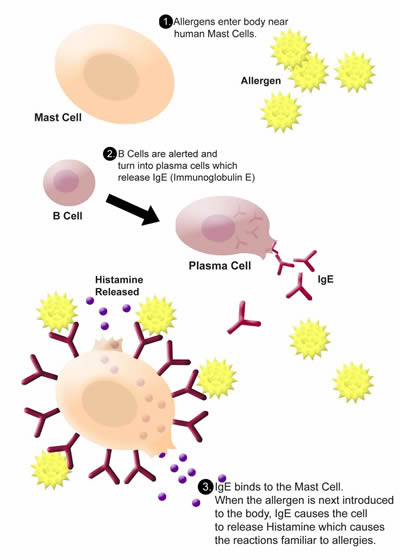
lt;p> Long unhealed, the occurrence of visceral disease.
to spleen deficiency syndrome differentiation-based, often in the spleen Qi, nourishing blood of herbs, such as Codonopsis, Astragalus, Atractylodes, Angelica, Chuanxiong, raw Rehmannia, cornus, dodder, etc. plus 10 grams of leeches, there are more than a year, patients adhere to medication, the right temporal limit of Office of scleroderma, completely healed, the skin returned to normal skin color.
[Edit this paragraph] The main symptoms?
1) localized scleroderma, including morphea, scleroderma ribbon, hard guttate skin disease.
2) systemic sclerosis, including acral scleroderma, diffuse scleroderma, CREST syndrome (including acral sclerosis and telangiectasia, calcium along the plot, Raynaud’s phenomenon, esophageal motility abnormalities, this is a type of systemic sclerosis, to the good after.)
Second, the symptoms and signs:
1. localized scleroderma
(1) morphea: occurred in the waist, back, followed by the limbs and face and neck, showing round, oval or irregularly shaped edematous plaques, was the beginning of pink or purple, a few weeks or months by gradually expanding hardening, the color becomes light yellow or ivory, local no sweat, hair loss, a few years later into a white or light brown atrophic scars. skin biopsy changes consistent with scleroderma.
(2) strip scleroderma: occurs in children and young people, more women than men, the lesion along the intercostal and limb zonal distribution, for a single or several, disease evolution with morphea.
(3) guttate morphea: mainly in the neck, chest, shoulder, etc., about the size of green beans to a nickel, was set cluster of linear array, its evolution process seems to morphea.
2. acral scleroderma and diffuse scleroderma
limb scleroderma has Raynaud’s phenomenon, skin lesions from the distal to proximal development, torso, internal organs involved little slow disease progression, the prognosis is good; diffuse scleroderma lesions extend from the trunk to the distal, Raynaud’s phenomenon little more visceral involvement. severe, lesions progress quickly, to post poor.
(1) Raynaud’s phenomenon: the majority of patients the first symptom, expressed as means (toe) end of the event when the cold or the mood swings purple ? red ? white phase change, the remission after warm;
(2) Skin: The lesions can be divided into edema, sclerosis and atrophy III.